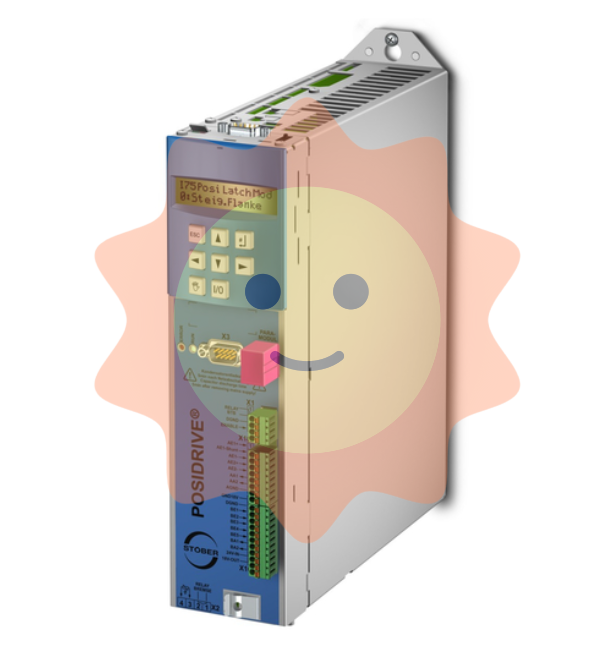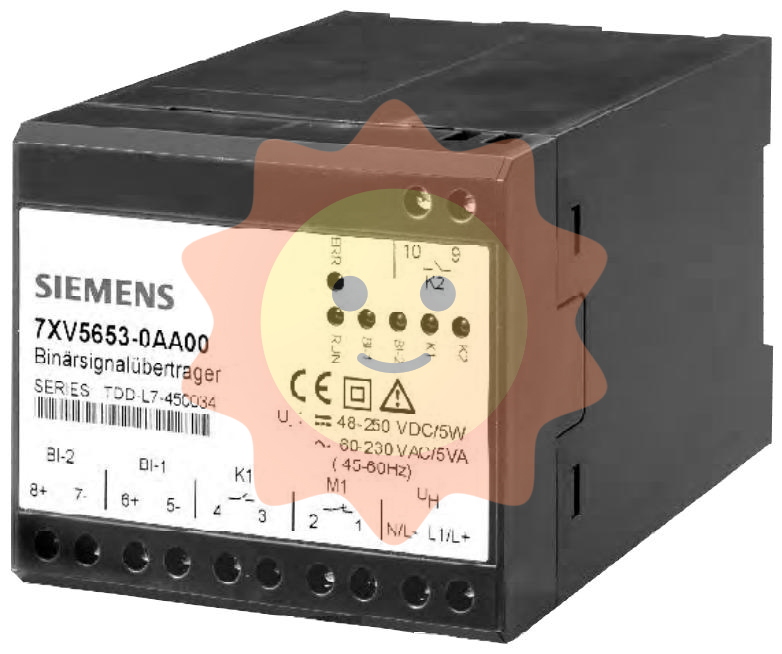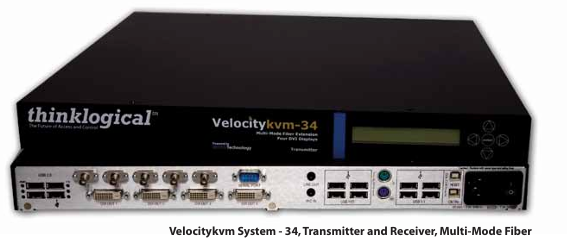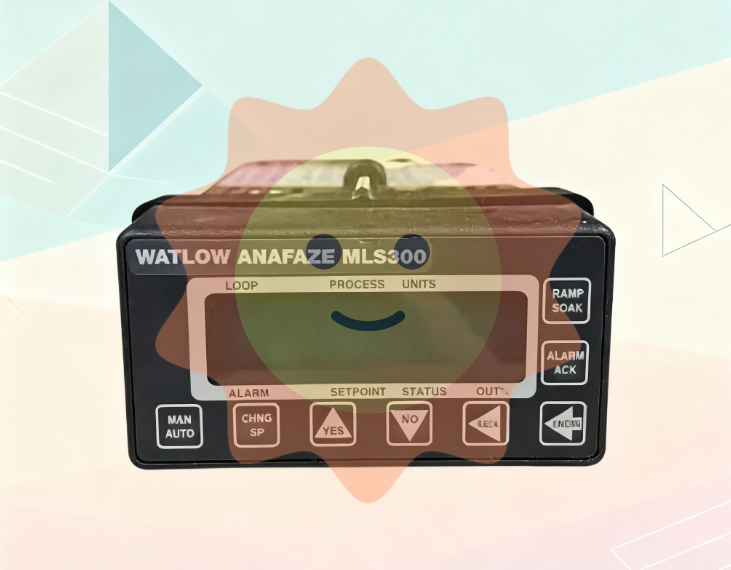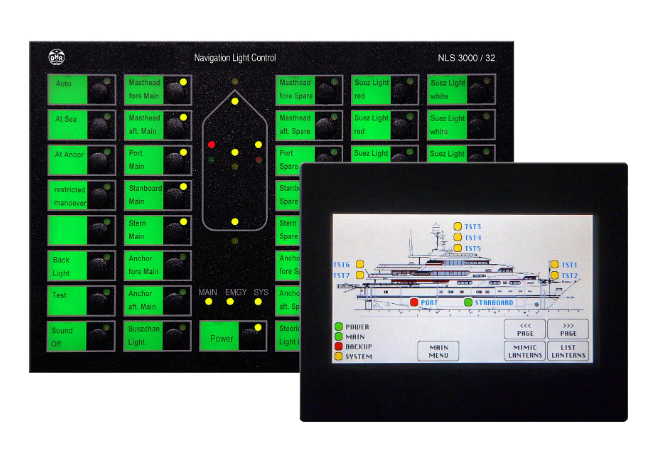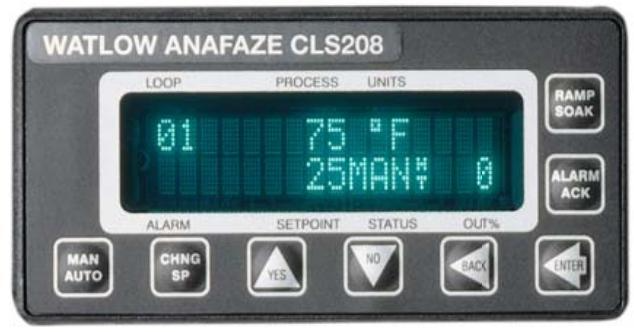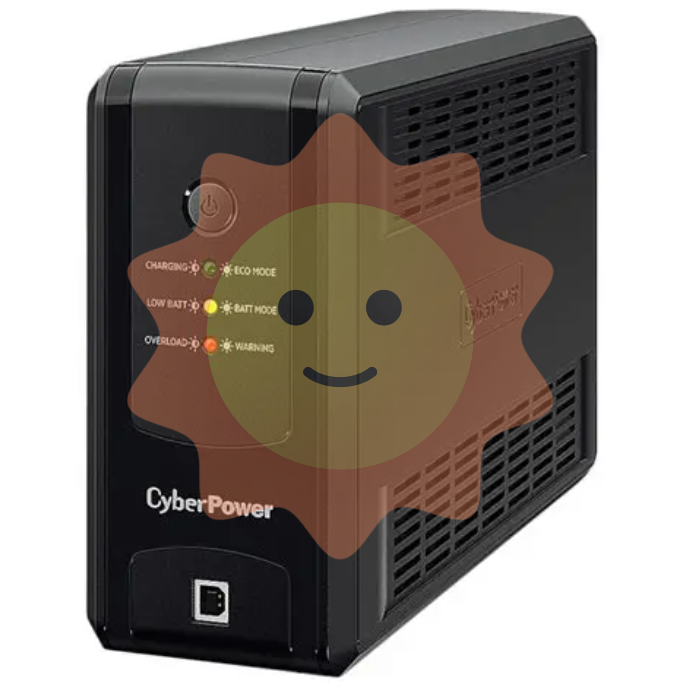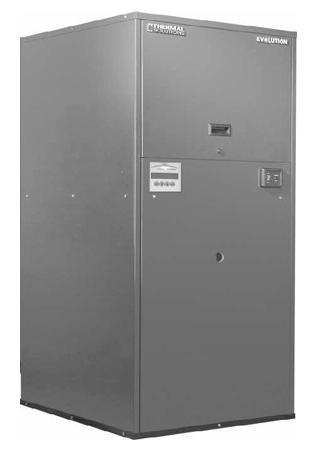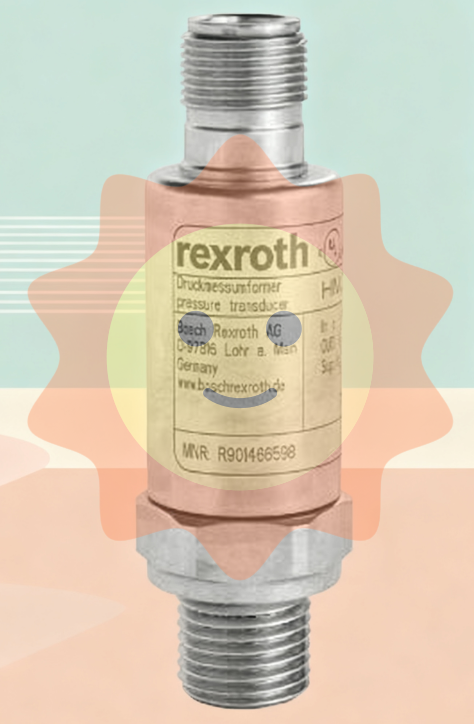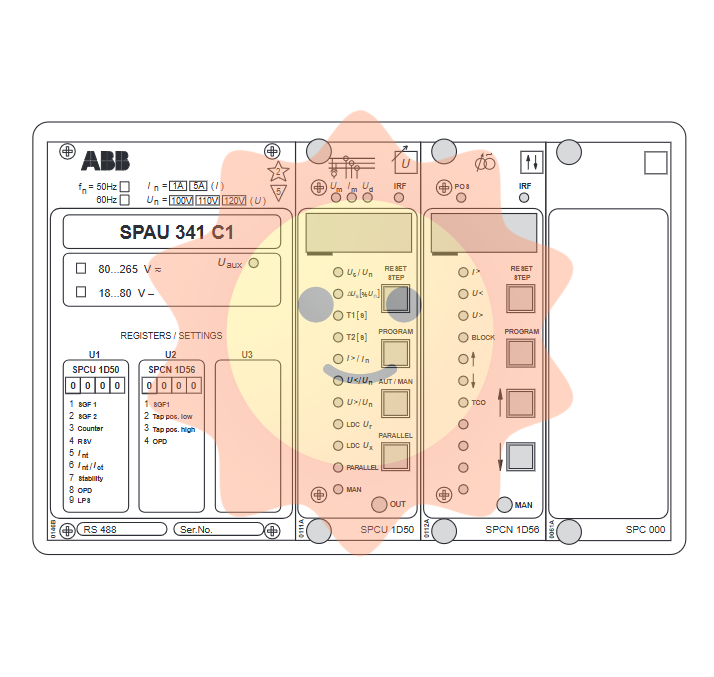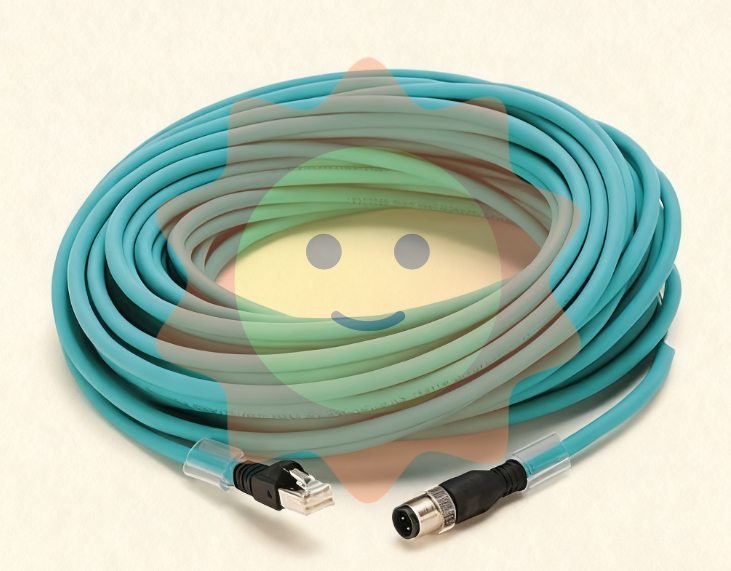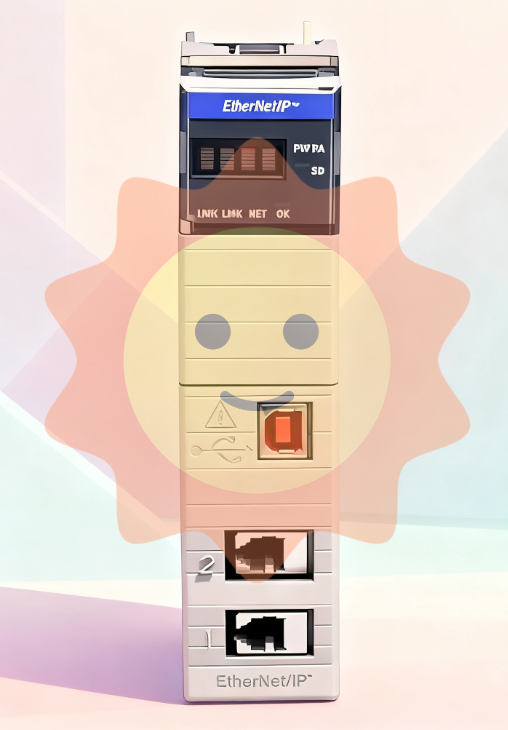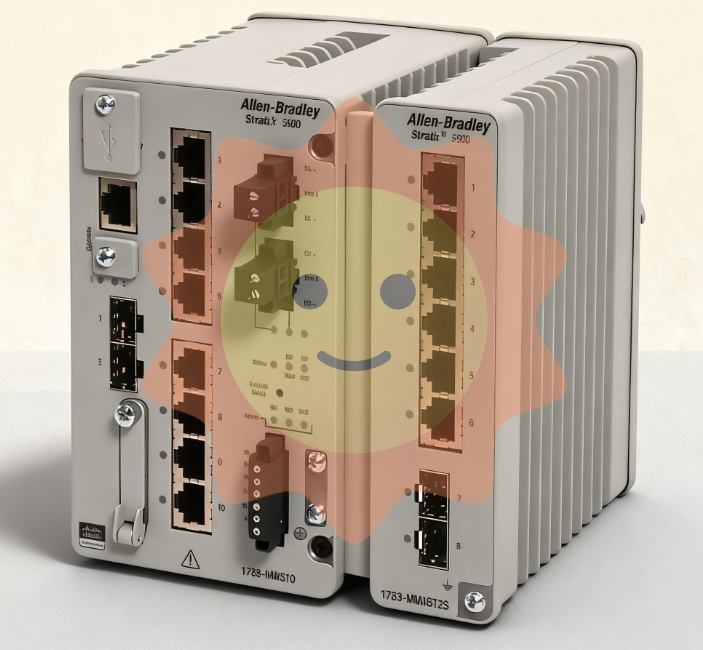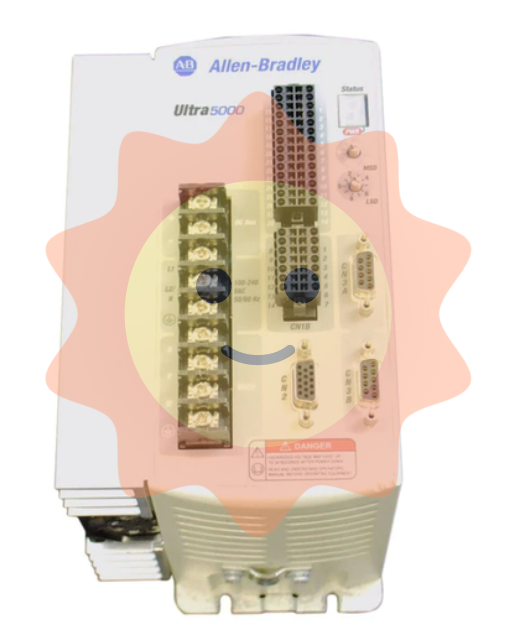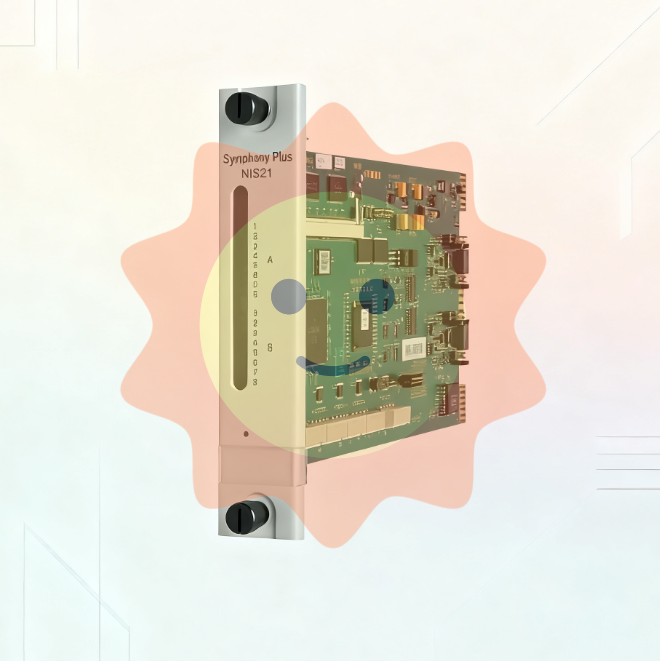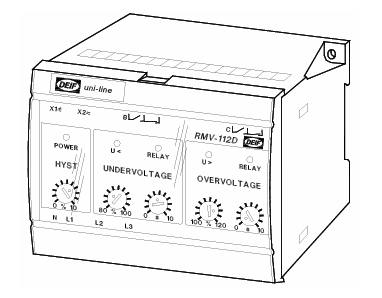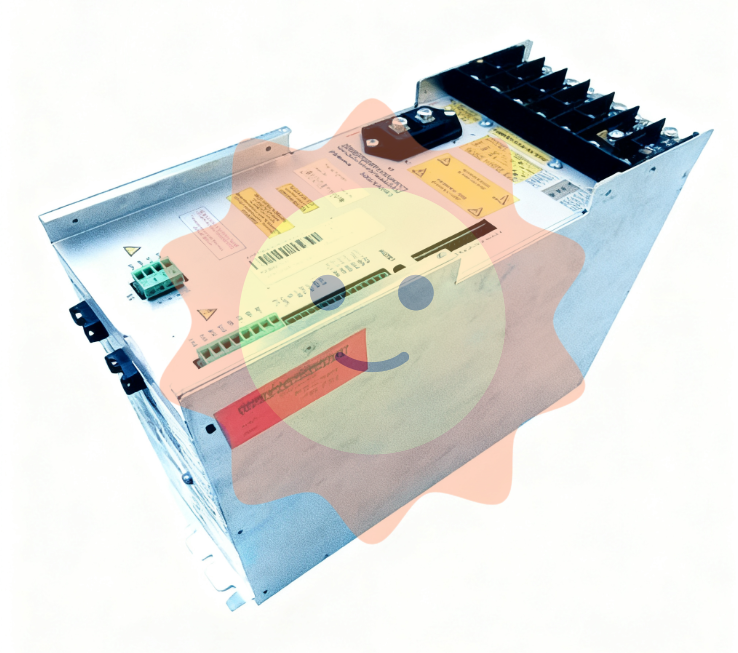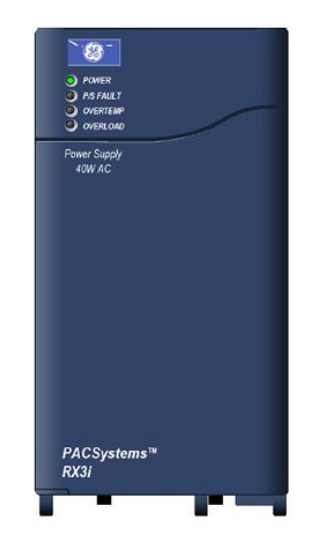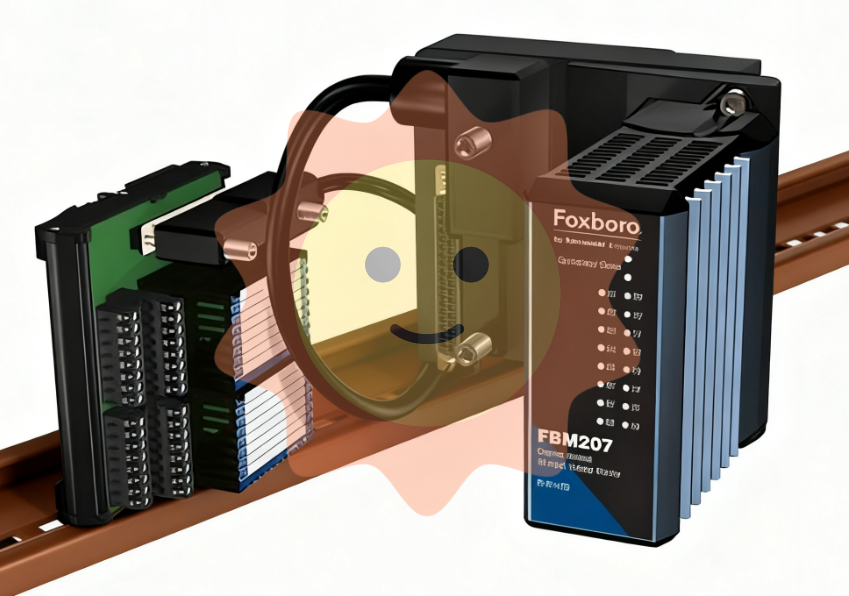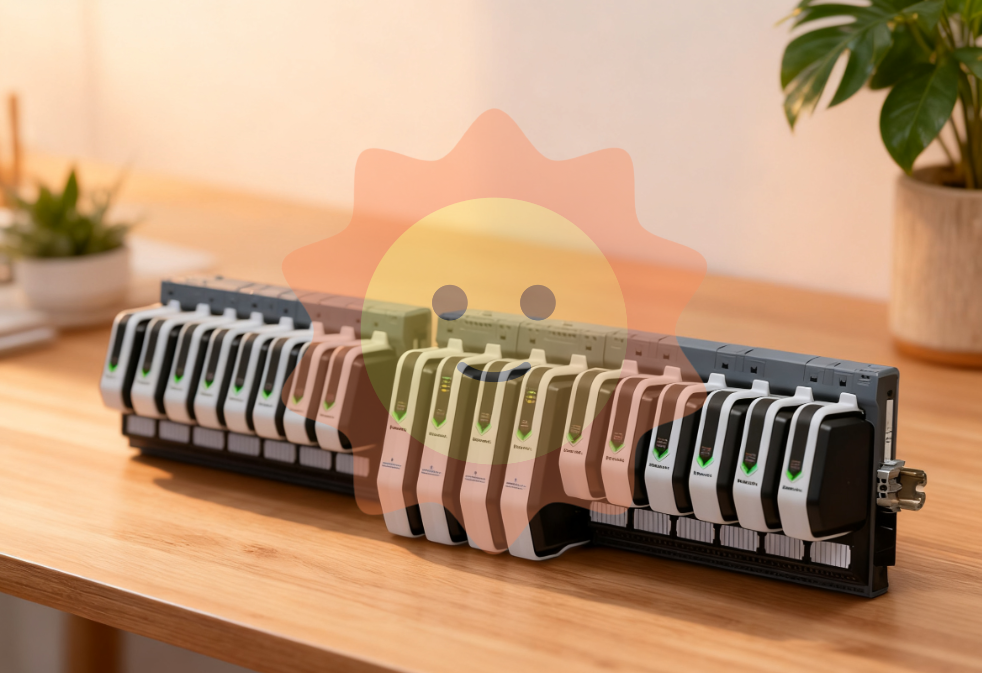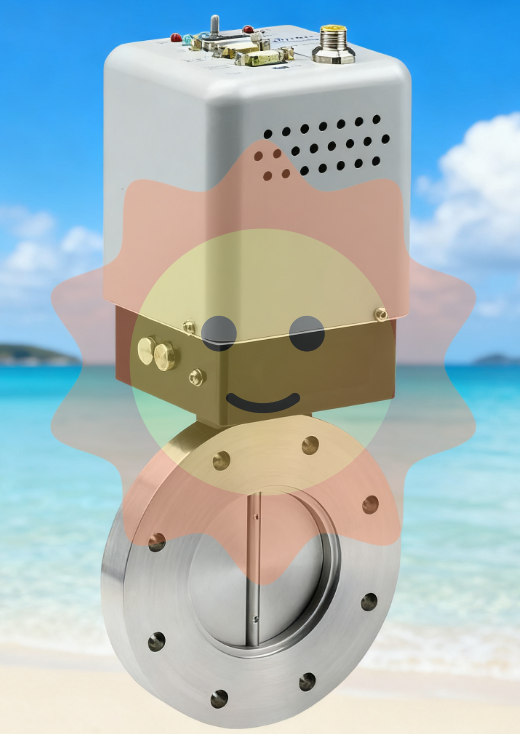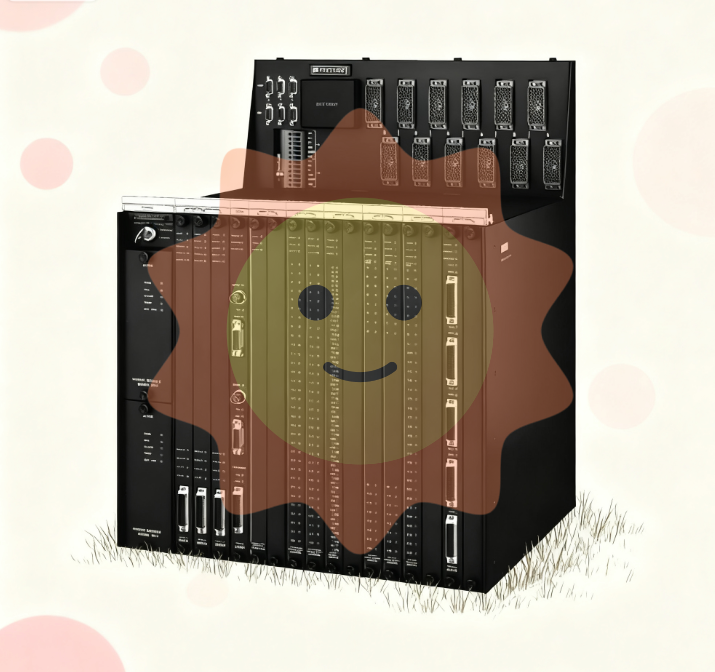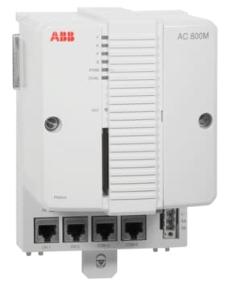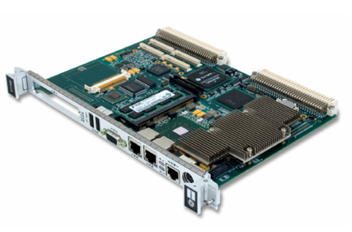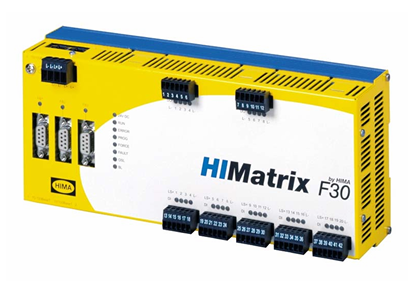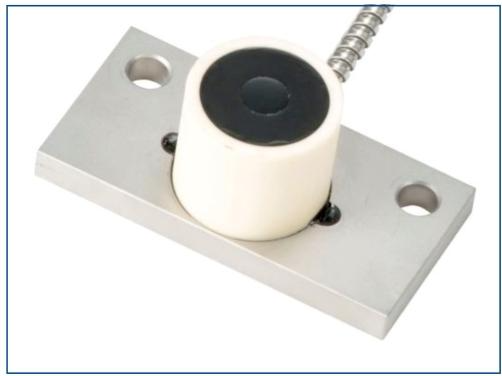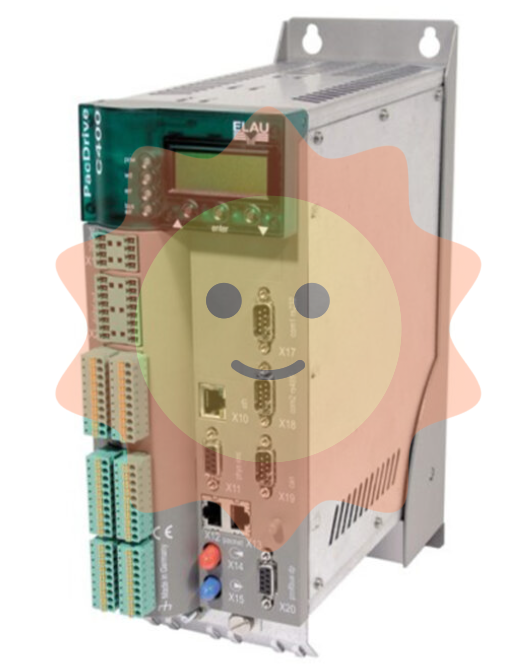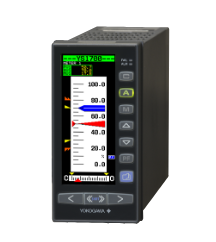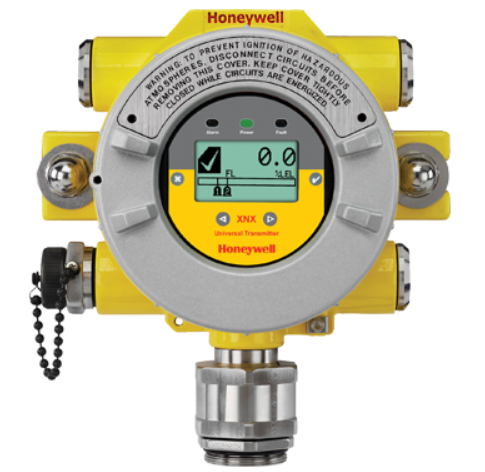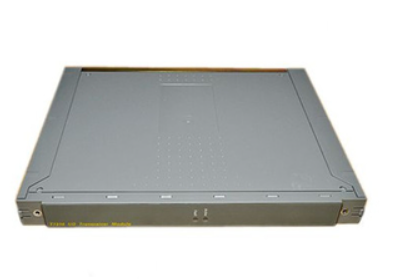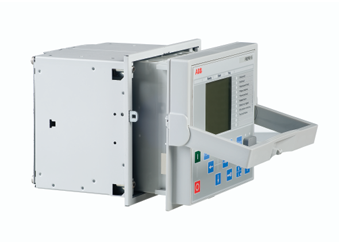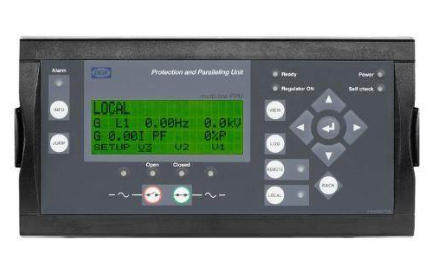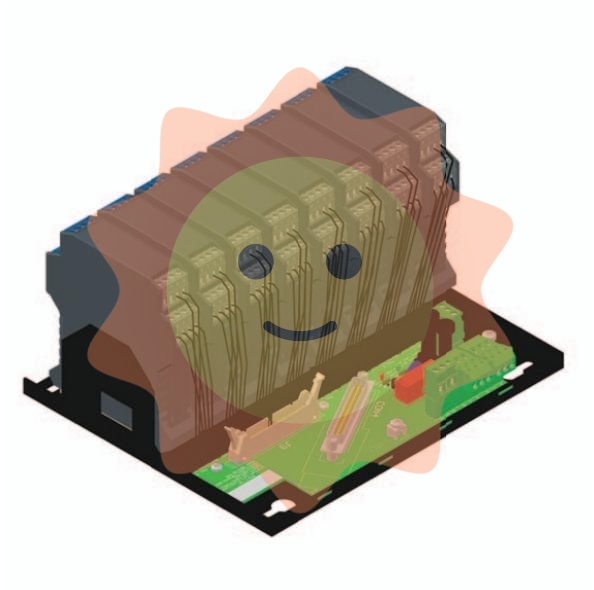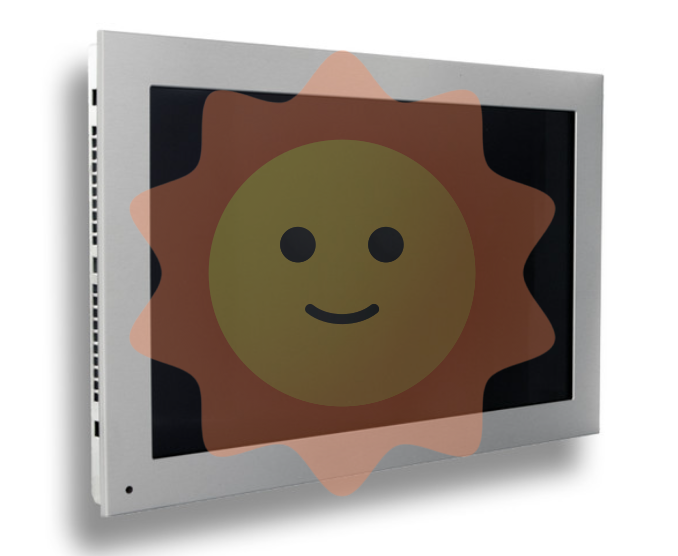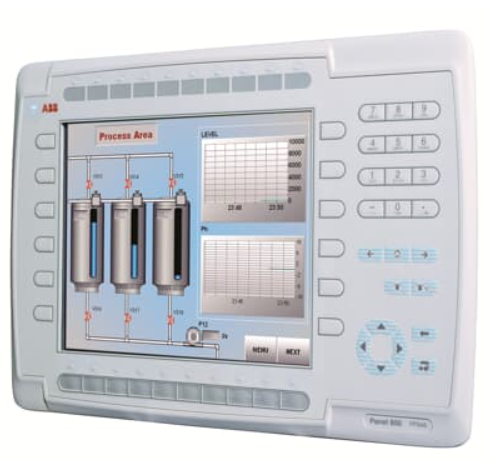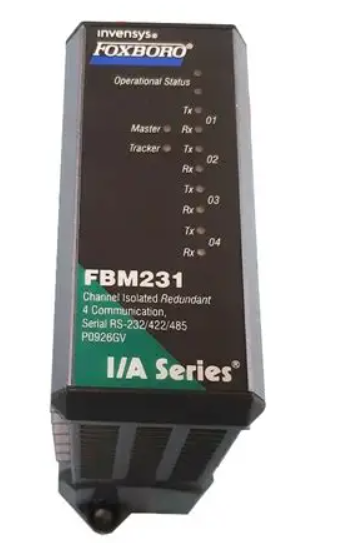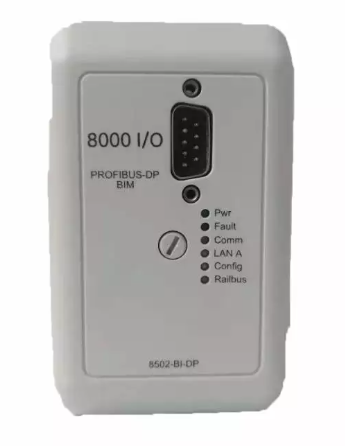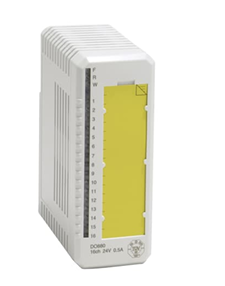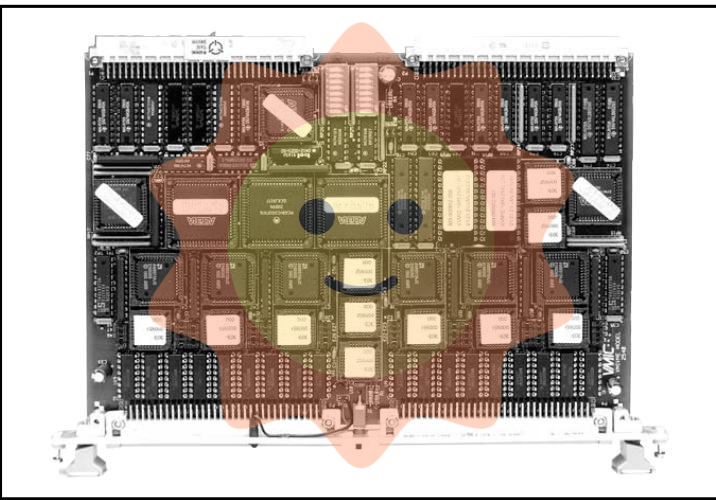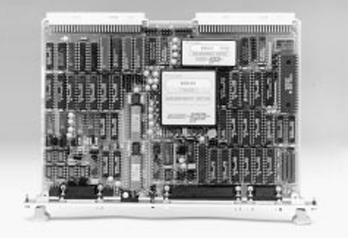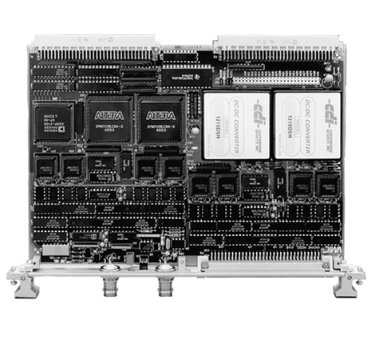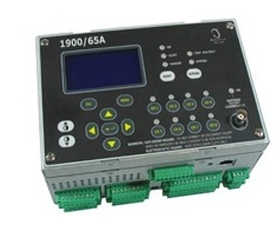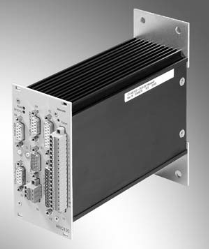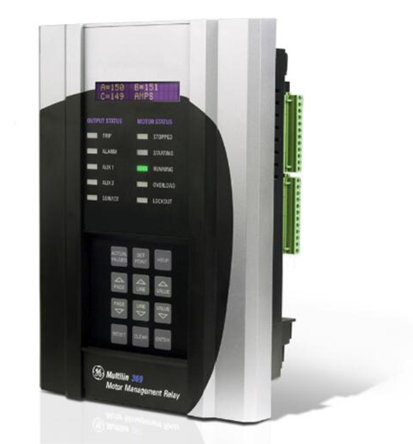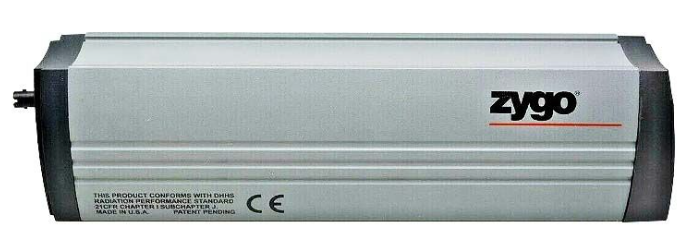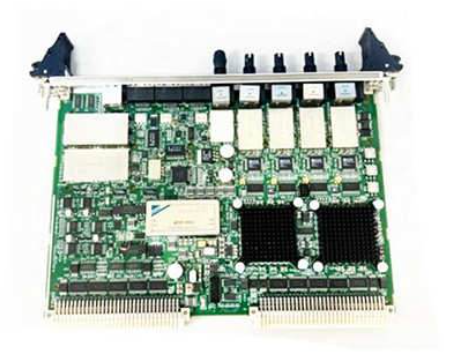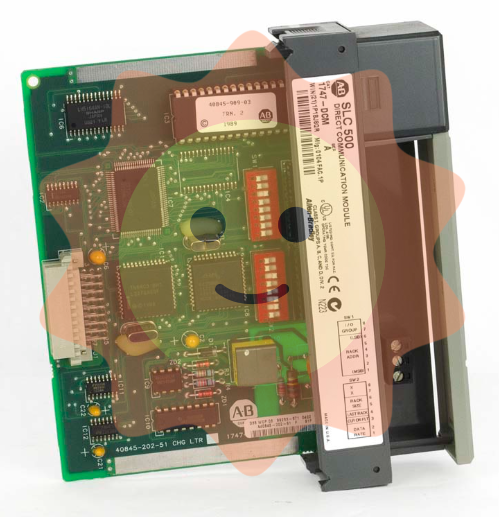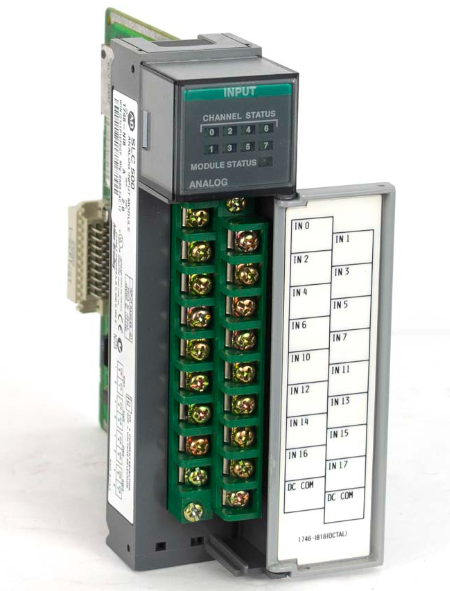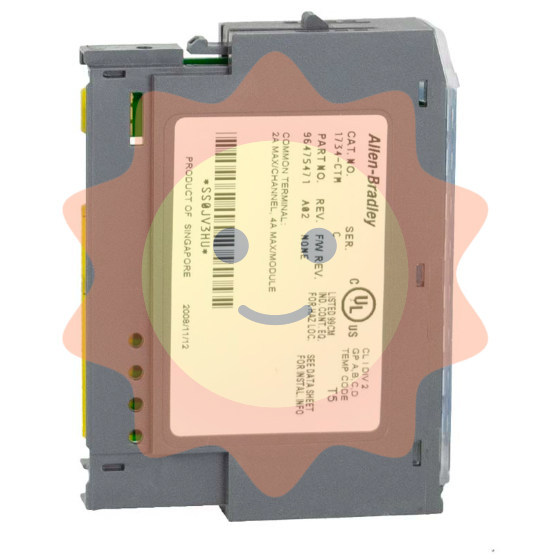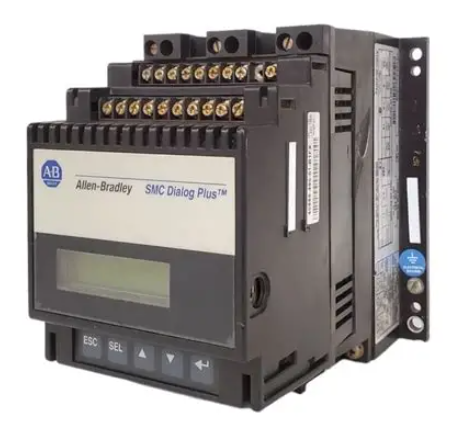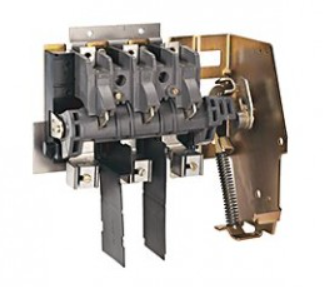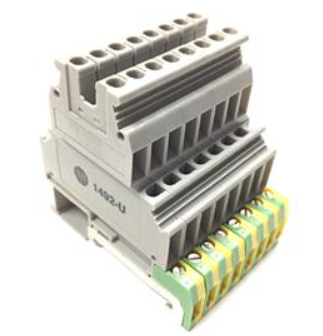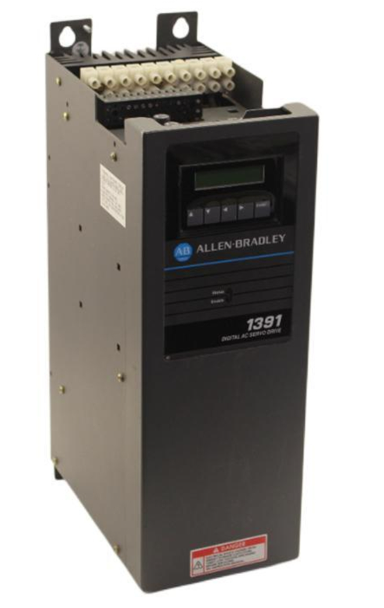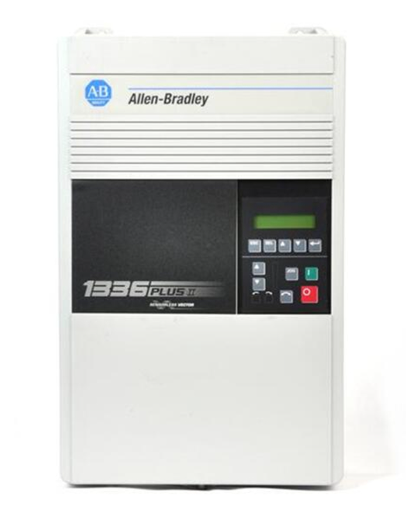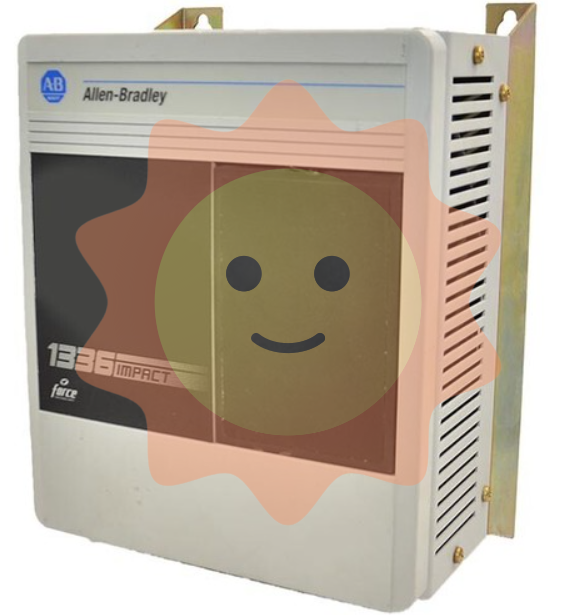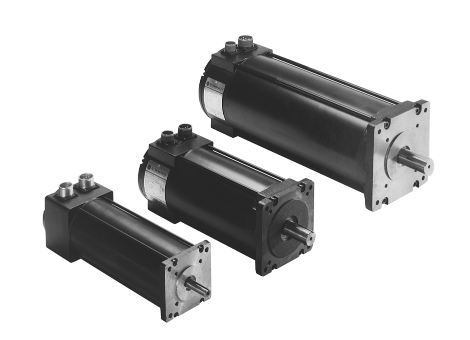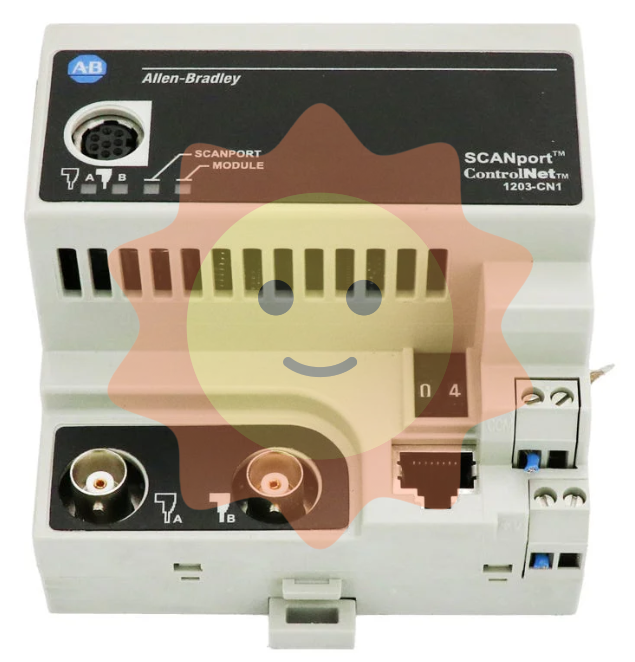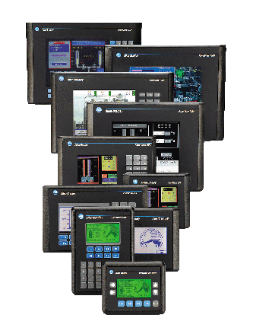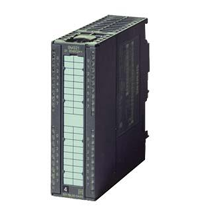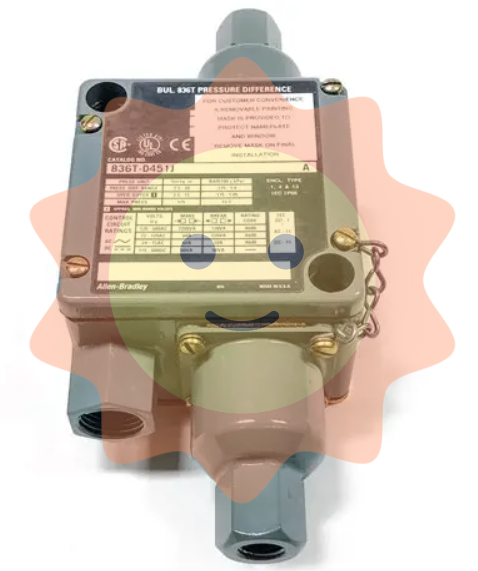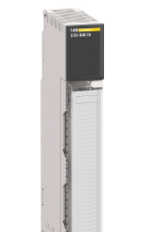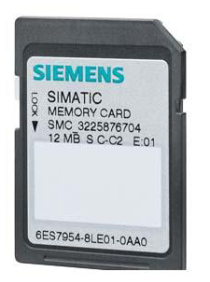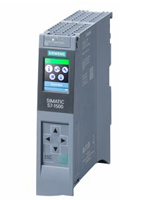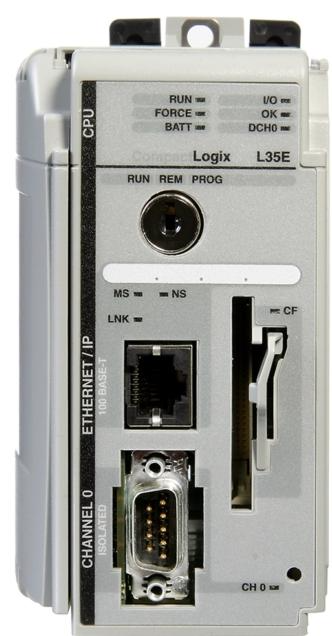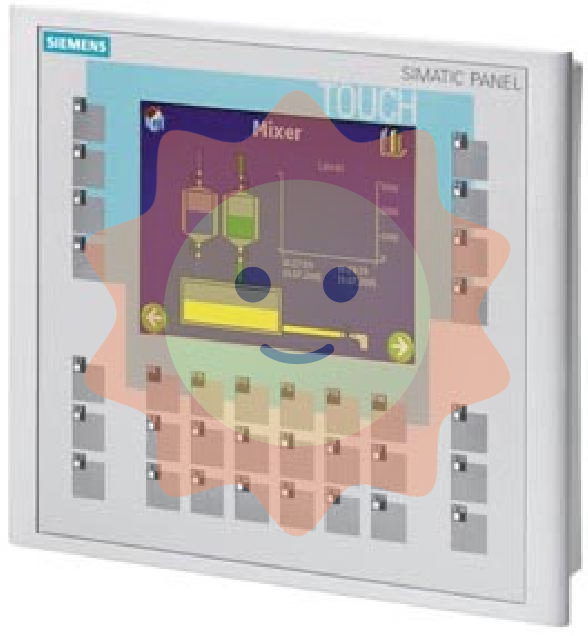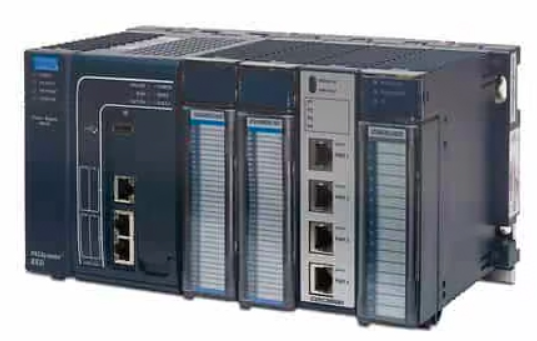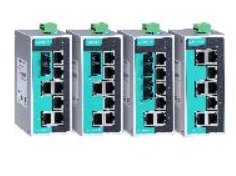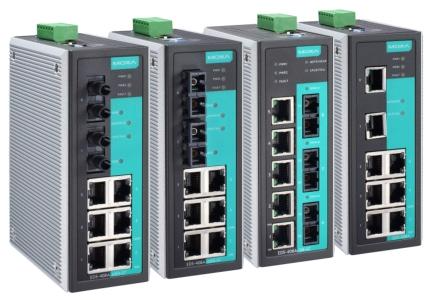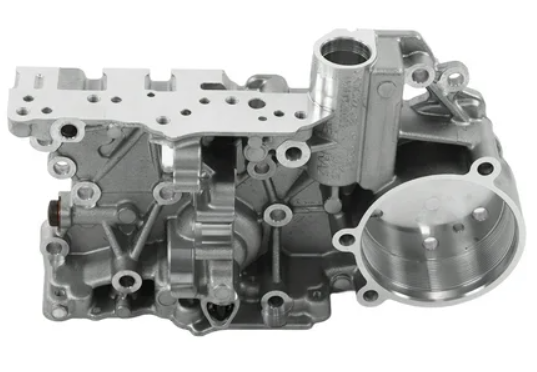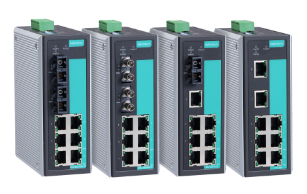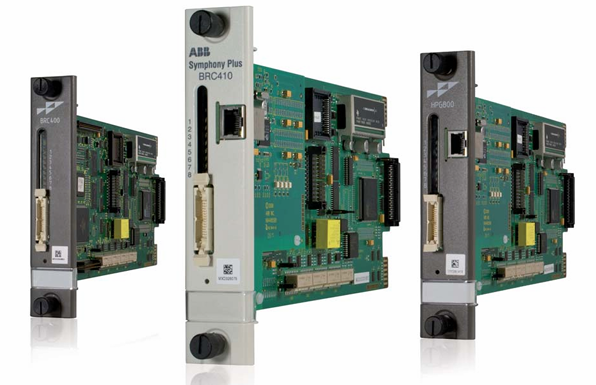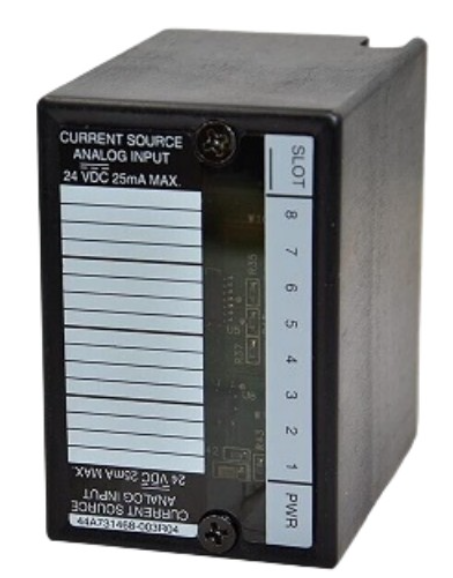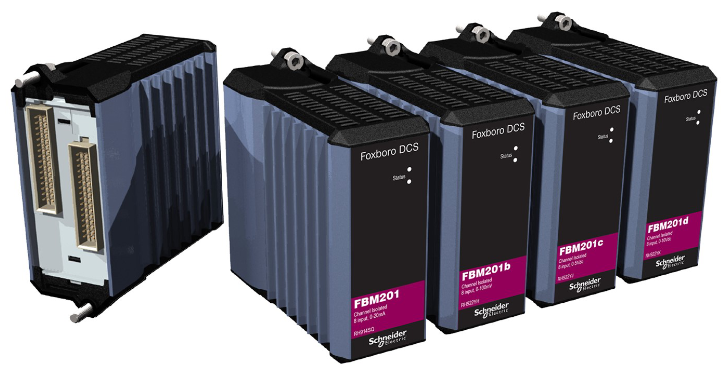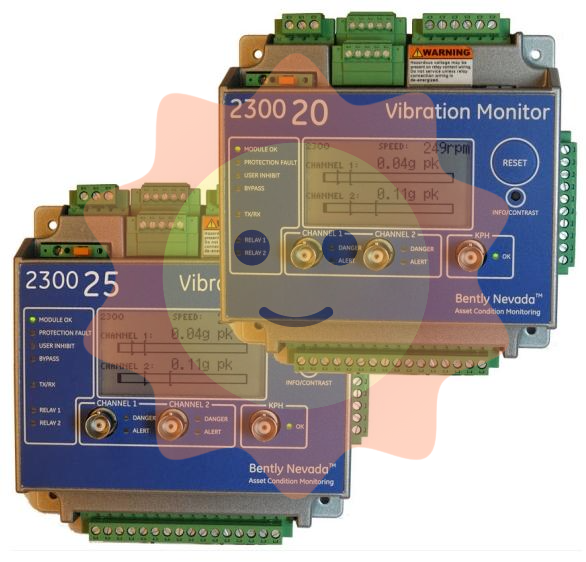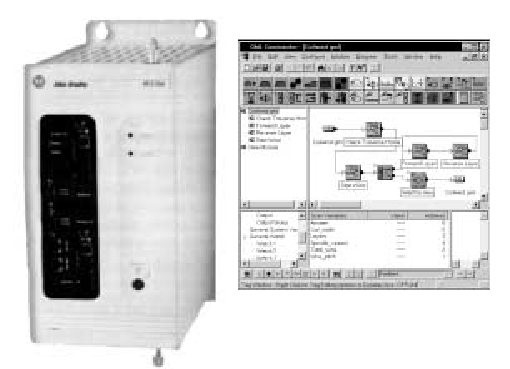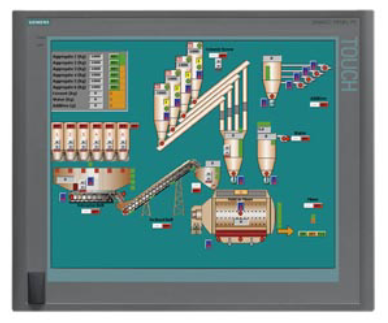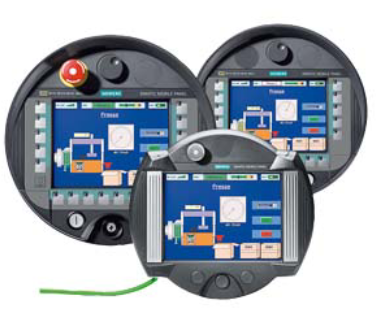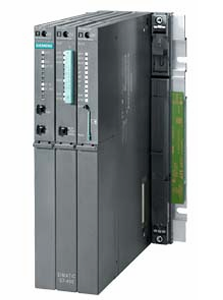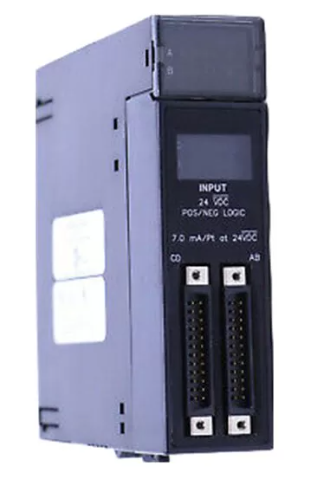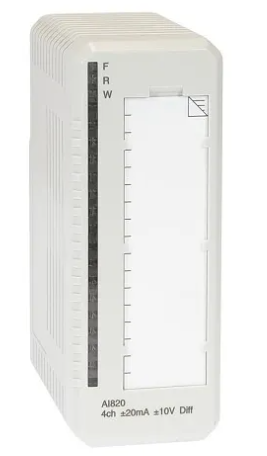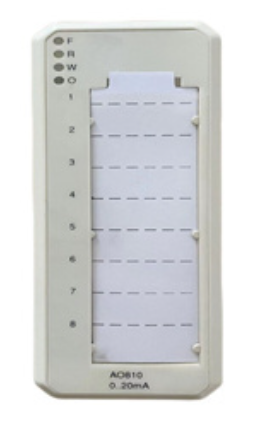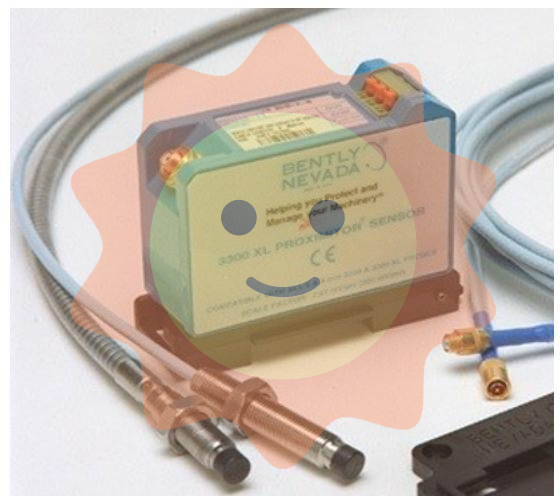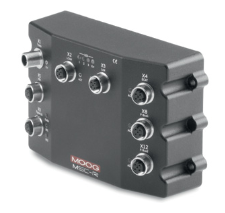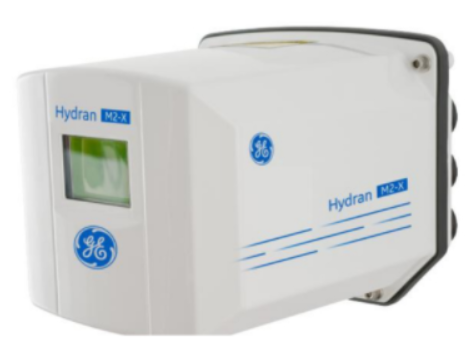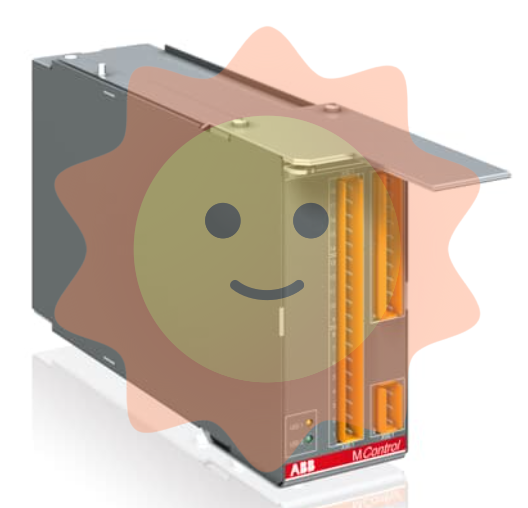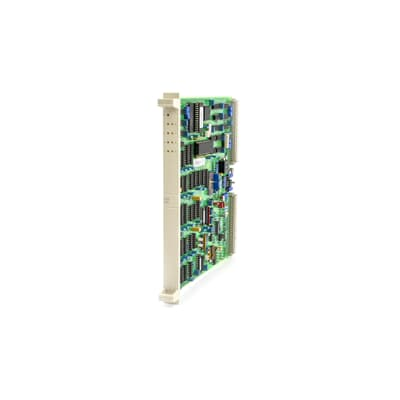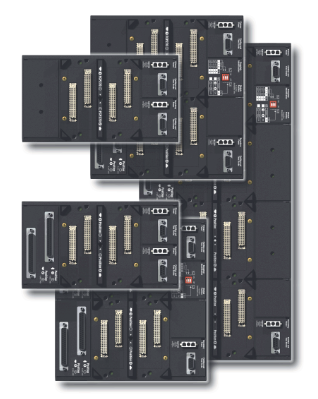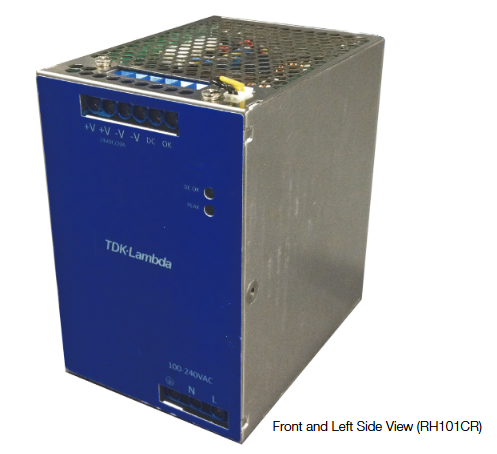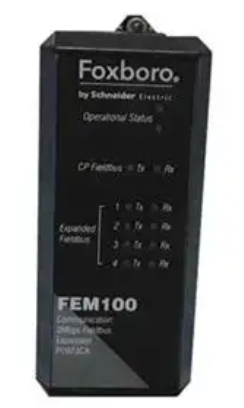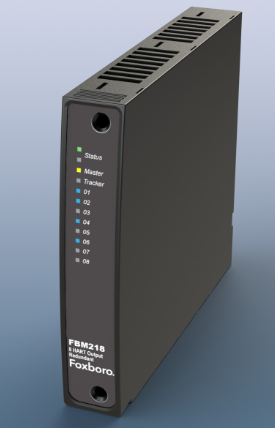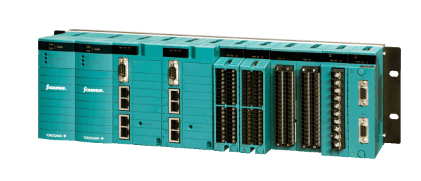ABB NTDRO01 Relay Termination Unit
Basic Information
Model and name: ABB NTDRO01 Relay Termination Unit, ‘NTDRO01’ is the model identification of the product, this is a relay terminal unit, in the field of industrial automation and power systems play an important role.
Series: belongs to ABB industrial automation equipment series, in this series there are other types of terminal units, controllers, I / O modules, etc., they work together to build a complete industrial automation control system or power protection and control system.
Application Scenarios: Widely used in industrial automation production lines, power system substations and power plants, intelligent building electrical systems and other scenarios. It is used to realise the control and protection of electrical equipment, such as motor start/stop control, circuit overload and short-circuit protection.
Functional features
Relay control functions
Integration of multiple relay types: Usually integrates multiple types of relays, such as electromagnetic relays and solid state relays. Electromagnetic relays are suitable for the control of high-power equipment with high load capacity; solid-state relays have the advantages of fast response, no contact, long life, etc., and are suitable for occasions requiring high response speed or frequent operation. For example, in motor control, electromagnetic relays are used to control the main circuit of the motor to achieve motor start and stop; while in some small power signal control that requires fast switching, solid state relays are used.
Control Logic Implementation: Capable of implementing complex control logic. Through the internal circuit connection and programming (some products may support simple programming function), it can control the action of the relay according to different combinations of input signals, so as to realise such logic operations as with, or, or not, as well as sequential control, interlock control and other functions. For example, in an automated production line, when a number of sensors simultaneously meet certain conditions, the start-up control of equipment is achieved through relay terminal units, which involves the ‘and’ logical operation of multiple input signals.
Multi-Channel Control Capability: With multiple relay channels, it is possible to control multiple devices or perform multiple control tasks at the same time. The exact number of channels may vary by product model, typically ranging from 4 - 16 channels. For example, in the lighting system of an intelligent building, multiple relay channels can be used to control lighting fixtures in different areas to achieve zone control or scene control.
Signal Processing and Conversion
Signal Input Processing: It can receive various types of input signals, including digital signals (e.g. digital output signals from PLC, switch signals, etc.) and analogue signals (e.g. 4-20mA current signals from sensors, 0-10V voltage signals, etc.). These input signals are processed by operations such as signal conditioning (amplification, filtering, etc.), signal level conversion (converting signals with different levels to a level suitable for the relay drive), etc. For example, a weak sensor signal is converted into a standard signal capable of triggering a relay action through amplification and filtering.
Signal Output Adaptation: After the relay is actuated, the output signal can be adapted to different load types and operating voltages. The output signals can be used to control a variety of electrical devices, such as motors, valves, indicators, etc., and can provide sufficient drive current and a suitable voltage range to ensure the normal operation of these devices. For example, relay outputs can be connected directly to 220V AC motor control circuits or 24V DC indicator circuits.
Protection Functions
Overload protection: With the overload protection function, the relay can automatically cut off the circuit when the controlled equipment is overloaded, preventing the equipment from being damaged due to excessive current. This is achieved by setting an overload detection circuit inside the relay or by cooperating with an external overload protection device (e.g. thermal relay). For example, in motor control, when the motor current exceeds a certain multiple of the rated current and continues for a certain period of time, the relay terminal unit triggers a protective action to stop the motor.
Short-circuit protection (possible): Some products may also have a short-circuit protection function. When a short-circuit occurs in a circuit, the power supply can be cut off quickly to prevent the short-circuit current from causing serious damage to the equipment and wiring. This is usually achieved by means of a fast fuse or an electronic short-circuit protection circuit. For example, in an electrical control cabinet, if a short-circuit occurs in one of the circuits, a relay terminal unit with short-circuit protection will instantly cut off the power to that circuit to protect other equipment.

- User name Member Level Quantity Specification Purchase Date
- Satisfaction :
-









Email:wang@kongjiangauto.com









